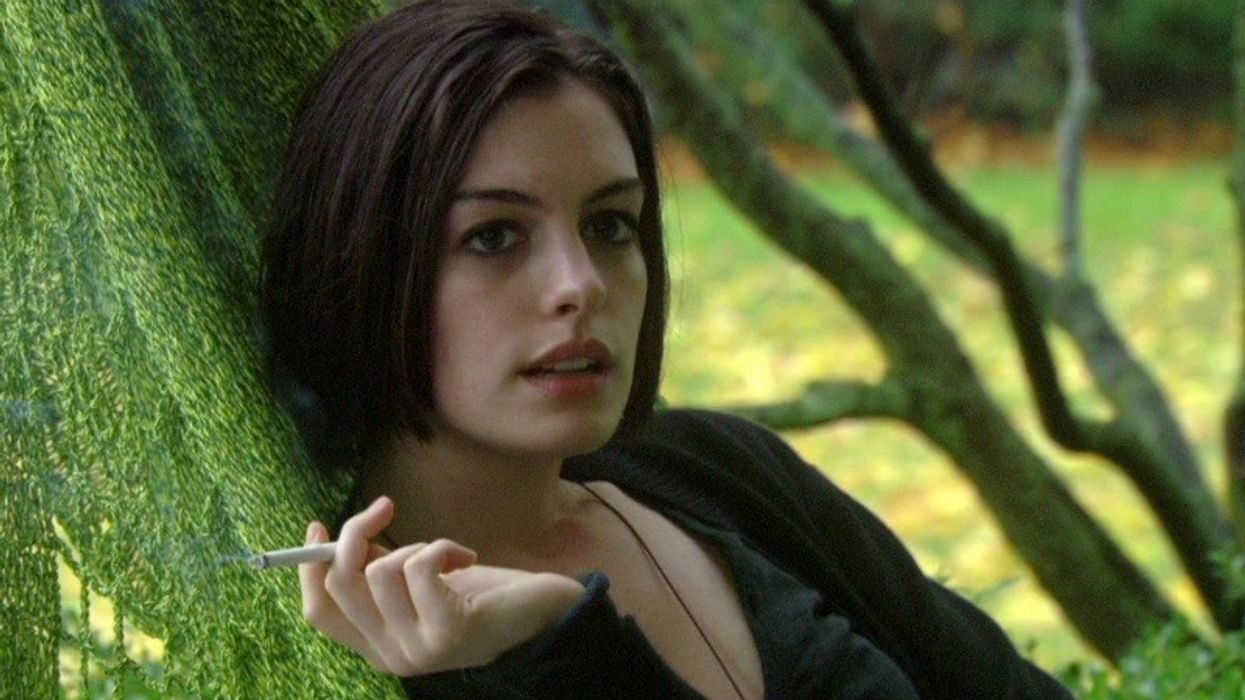How You Can Edit a Narrative Feature Shot Like a Documentary
How do you edit together a narrative feature when it is shot like a documentary?

The art of film editing is often overlooked by moviegoers, but it is an essential part of the filmmaking process. From shaping a narrative to creating a particular mood, editors play a crucial role in bringing a movie to life.
The Metrograph Theater's latest Ins and Outs series shines a spotlight on some of the most accomplished editors in the industry that are a part of the American Cinema Editors (ACE) and their contributions to American cinema. Each installment of the series features an editor discussing a scene from a movie of their choice and sharing insights into the challenges, achievements, and memorable moments from that project.
In their first video of the series, Oscar-nominated editor Tim Squyres, ACE breaks down a scene from Jonathan Demme’s Rachel Getting Married and why continuity isn’t a restricting factor when it comes to editing.
Let’s get into it.
Continuity Doesn’t Always Work, and That's Okay
After meeting Demme at a film festival where Ang Lee and Squyres were showing Crouching Tiger, Hidden Dragon, Squyres got a call in 2007 asking if would be available to work on Rachel Getting Married.
The shoot was 33 days, two days shorter than scheduled, with over 100 hours of footage. “It was a challenge to keep up,” Squyres says about the editing process on the film.
Demme and his team were able to capture so much footage because of the “coverage” setup they had. Unlike traditional coverage, Demme set up multiple cameras in a scene, both movie cameras and practical in-scene cameras, that would run for the entire length of the scene.
“Each of the actors had prepared stuff on their own. Nobody knew what anybody else was going to say, and it just unfolded like a real meeting,” Squyres said about how many of the scenes were shot in the film.
While this gives you a lot of footage, creating continuity in the edit became a bit of a challenge.

In a scene after Kym (Anne Hathaway) makes an awkward toast at the rehearsal dinner, the camera works in a cinéma vérité way that ends up creating some awkward cuts. In the house, there were some cameras set up to get very specific shots the Demme wanted, but there was one camera that simply follows the conversation as it unfolds throughout the house.
While this provides very natural and engaging conversations and performances from the actors, Squyres had to find cuts that lend themselves to the tone of the film while not taking the audience out of the scene with a jarring, unnatural-to-the-scene movement.
During the editing process, editors are constantly looking for matching cuts to stitch takes in a scene together. This helps create a level of visual continuity that helps keep audiences engaged. However, Demme’s dramedy was intentionally awkward and strange. Squyres lend to that awkwardness when finding the best cuts to make, even though the continuity is off many times.
When it comes to continuity, you don’t need to ever feel constrained by it. Instead, be mindful of it and find the best cut that isn’t the most distracting for the audience. Most of the time, the audience won’t notice the errors if the cut makes sense for the story.
“One of the fun things about editing is figuring out what’s right for this movie, which isn’t necessarily right for the last movie or the next movie,” Squyres says.
The goal for editors always is to find the right tone of the film and lean into the visual style that the film and the director are looking for. You have to find what is right for the movie you are currently working on.

Filmmaking is all about those creative challenges and finding the best way to deliver a project that makes sense. While there will be some cuts that the editors may not love, editing, like any other part of filmmaking, is about finding what works rather than what you want to work at that moment.
What are your thoughts on continuity in the edit? Is it always necessary or does it depend on the film’s tone?
Let us know your thoughts in the comments below.
Source: The Metrograph Theater











